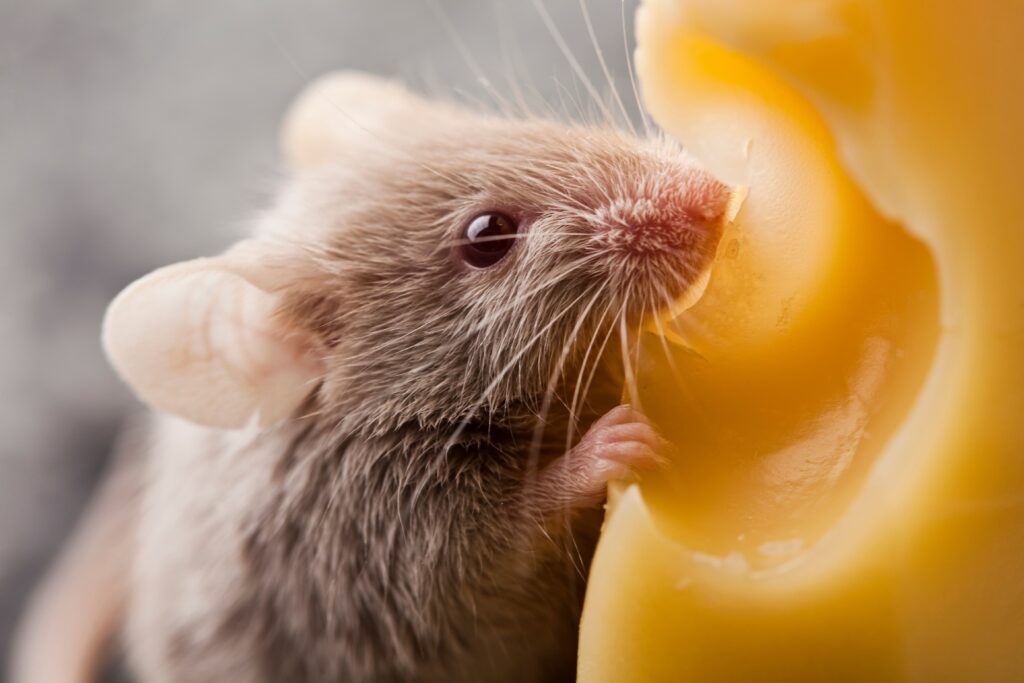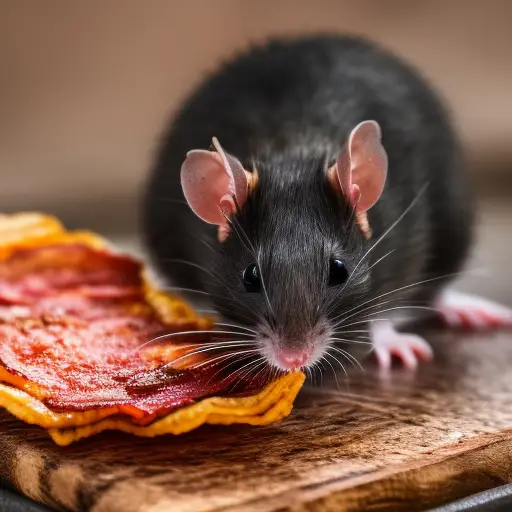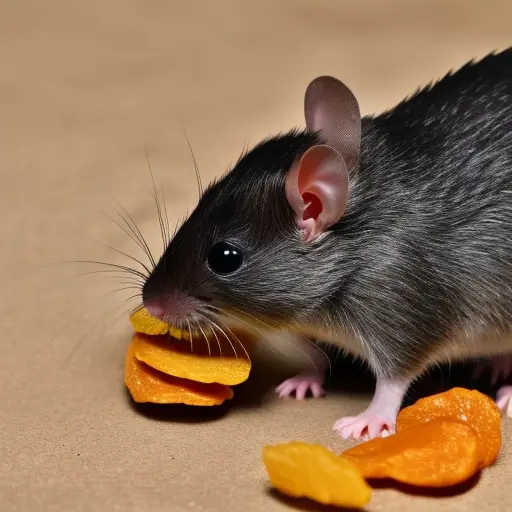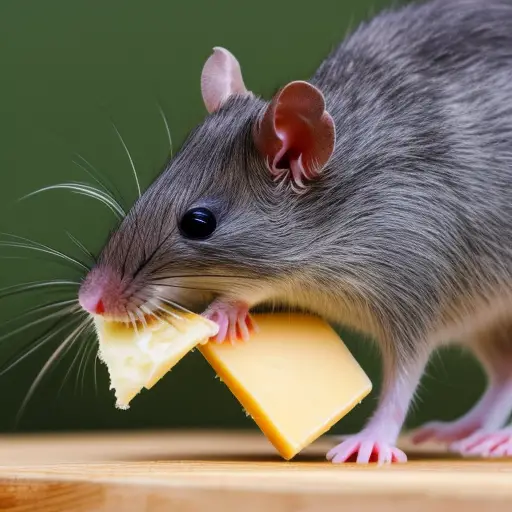Are you looking for an effective way to get rid of rats without using harsh chemicals? If so, then setting up a rat trap is the perfect solution. But what kind of bait should you use in your rat trap? Read on to learn the best bait for rat traps that can help you quickly and easily get rid of those pesky rodents.
Introduction
Rats can be a serious nuisance, and if you want to get rid of them quickly, it’s important to know what kind of bait to use. In this blog post, we’ll provide you with information on the best bait for rat traps, including different types of rats and their preferences as well as different baiting strategies and bait types. With this knowledge, you’ll be able to effectively set up your trap and catch the rodents that are causing problems in your home or business.
Types of Rats
When it comes to rat trapping, it is important to know what type of rat you are dealing with. There are two main types of rats: the Norway Rat and the Roof Rat. Norway Rats are larger and tend to inhabit areas with a lot of ground cover such as fields and yards. Roof Rats, on the other hand, prefer to live in elevated spaces such as trees and attics. Knowing the type of rat you are dealing with will help you determine which bait will be most effective for trapping them.
Rat baiting strategies
Rat baiting strategies should be planned carefully to ensure that a large group of rats can be eradicated in one night. It’s important to select a bait area, such as a pile of grains, bark, or other attractants that will draw the rats in. Rat traps are commonly baited with cheese, peanut butter, or bacon, but the best bait choice depends on the type of rat being targeted. Cheese is not the best bait for traps, however dried fruits, unshelled nuts, or even pet food can be attractive to rats. Peanut butter makes an easy and effective rat lure that is likely already in many people’s pantries. A scoop or dollop of the spread is an attractive bait for rats and can be used in conjunction with other baits for increased effectiveness.
What Bait Should I Use?
When it comes to rat baiting, the type of bait you use can be the difference between success and failure. Depending on the species of rat, some baits may be more attractive than others. Common rat baits include cheese, peanut butter, bacon, cereals, dried fruit, vegetables, and pet food. Cheese is a popular choice as rats find it irresistible. Peanut butter provides a strong odor that can attract even the most cautious rats. Bacon is another popular bait as the smell can travel far and wide to draw in curious rats. Cereals and dried fruit contain a lot of sugar that appeals to rodents. Vegetables are an excellent choice for rat traps as they contain essential vitamins and minerals that rats need to survive. Lastly, pet food is a great option as it provides nourishment that rats are sure to find enticing. Whichever bait you choose for your rat trap, make sure it is fresh and replaced regularly to ensure success in trapping rats.
Cheese
Cheese is a popular bait for catching rats and is often used by experienced trappers. Cheese has a strong smell that rats are drawn to and it is easy to find at most grocery stores. Cheese can be cut into small cubes or slices and placed in the center of the rat trap, or it can be melted into a paste and smeared onto the trap’s surface. When using cheese as bait, it is important to remember to check the traps frequently and replace the bait as needed. Cheese can quickly spoil in hot temperatures, so it’s best stored in a cool, dry place until you’re ready to use it.

Peanut Butter
Peanut butter is an excellent choice for baiting rat traps. With its nutty taste and strong smell, it is an attractive option for rats. Peanut butter is also sticky, sweet, and pungent, making it a highly desirable bait compared to other options. To maximize the effectiveness of using peanut butter as bait, it is important to ensure that the traps are placed in areas where rats are likely to frequent. Additionally, it is important to remember that peanut butter can spoil quickly if it is exposed to high temperatures or humidity.

Bacon
Bacon is an excellent bait option when it comes to trapping rats. Its strong smell and salty taste are irresistible to these rodents, making it an ideal choice for baiting traps. When using bacon as a bait, it should be cut into small pieces or strips and placed in the trap. It is important to remember to check the trap regularly, as the bacon will attract other animals as well. This can be prevented by using a combination of different baits in order to ensure only the target rodent will be caught.

Cereals
Cereals are a great bait option for rats. Not only do they have a sweet flavor that will attract rats, but they are also easy to find in most households. Cereals such as cornflakes, oatmeal, and bran flakes are all great options for rat bait. You can also mix different types of cereals together to create a more attractive bait. Be sure to put the cereal in an area that is easy for the rats to access, such as near the walls or under furniture. With these tips in mind, you’ll be sure to catch those pesky rats with ease!

Dried Fruit
Dried fruit is a great bait to use for rat traps. Not only does it have a strong smell and taste that attracts rats, but it also provides them with the necessary nutrients they need for survival. Dried fruits such as raisins, apricots, and dates are all excellent choices for baiting your trap. They are also easy to store, making them a convenient option. When using dried fruit as bait, be sure to check traps regularly since rats may consume the bait quickly. Additionally, make sure to keep the dried fruit away from moisture to prevent spoilage. With proper bait placement and regular checking of traps, you can be sure that you’ll be able to catch those pesky rats quickly and effectively.

Vegetables
Vegetables can be an excellent bait option for trapping rats. A variety of vegetables, such as carrots, squash, and potatoes, have a strong and appealing smell that is attractive to rodents. Additionally, some vegetables have a high sugar content, which will attract rats and mice. When using vegetables as bait, make sure to cut them into small pieces so that they are easy for the rodents to eat. It is also important to remember to change the bait regularly to ensure that the rats don’t get too used to it.

Pet Food
Pet food can serve as an effective lure when trying to bait a rat trap. The strong smell and high protein content of pet food can make it an attractive option for rats. Pet food usually comes in small, easy to carry packages, which makes it a convenient option for baiting a trap. When using pet food as bait, it’s important to remember to select a type of food that is appealing to the rats in your area. Different types of pet food can have different levels of protein and fat, so make sure you choose the one that will be most attractive to your target rat population.
Tips to Remember
When it comes to rat trapping, there are a few tips to remember. First, the number of traps used is important. Make sure to use enough traps so that all the rats in the area can be caught. Additionally, it is important to use the right bait for each species of rat. Bait such as peanut butter, cereals, dried fruit, vegetables, and pet food are all good options for attracting rats. Finally, make sure to secure the bait by wrapping some dental floss around it so that the rats don’t steal it without getting caught. By following these tips, you can ensure that you are using the most effective bait and trapping techniques to catch rats in your home or yard.
Conclusion
In conclusion, the best bait for a rat trap depends on the type of rat and the baiting strategy you are using. Cheese, peanut butter, bacon, cereals, dried fruit, vegetables, and pet food are all effective baits for rats. It is important to remember to use safe baits that are non-toxic and highly attractive to rats. Also keep in mind that baiting a trap is not a one-time event; you may need to replenish your bait if the rat isn’t attracted to it. With some patience and the right bait, you can successfully catch those pesky rats!

